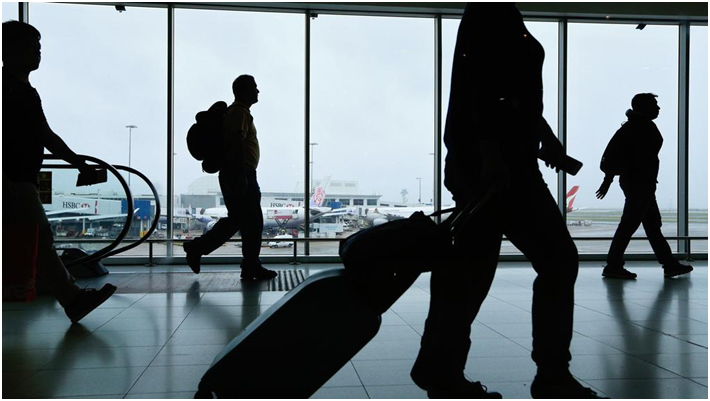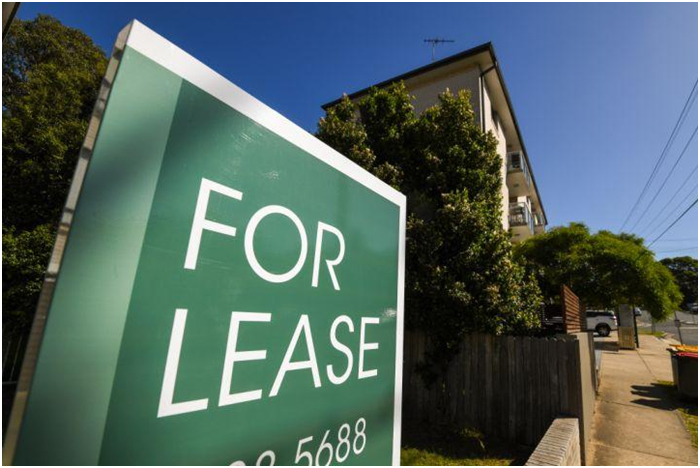Australia’s rental crisis has just hit another boiling point. Net overseas arrivals in May 2025 hit a record more than 33,000 people in one month—the highest on record for that month ever. By figures released by the Australian Bureau of Statistics, the outcomes verify what real estate agents and tenants have been complaining about for months: demand outweighing supply on record highs.
Population increase—driven in significant measure by foreign students, qualified migrants, and family reunions—is running up against an already tight supply of housing, placing further stress on metropolitan rental markets and subjecting the government’s migration and housing policies to renewed scrutiny.
A Nation Built on Migration, Struggling to House It
Australia’s migration policy has been the key driver of its economic growth for decades, but its housing infrastructure has simply never kept up. Although the post-COVID recovery in border movements was to be expected, few predicted the size and speed of the flow currently taking place.
With Australian migration 2025 reaching record monthly levels, property insiders today verify major metropolises like Sydney, Melbourne, and Brisbane are now below 1% vacancy rate, pushing rents to record levels.

International students arriving at Sydney Airport in May 2025 during the period of peak semester enrollment. Picture: Jenny Evans
Who’s Coming—and Where They’re Going
Much of the new wave is comprised of overseas students returning in masses for second-semester university admissions. In addition, more and more skilled migrants are arriving through government-sponsored visa streams to meet healthcare shortages, construction industry vacancies, and education needs.
But the majority of them are going straight into capital cities—where affordable renting options already are in short supply. This aggregated demand is forcing renters into high-pressure bidding wars and pushing others out of the market entirely.
Tenant unions report rising instances of informal accommodation, overcrowding, and increased numbers of people needing emergency accommodation.
Can the Housing Market Keep Up?
The answer, so far, appears to be no.
Despite the government’s National Housing Accord to build 1.2 million new homes over five years, experts say approvals for works are lagging way behind, thwarted by high interest rates, lack of land, and a shortage of building workers.
“Population growth is adding ahead of housing completions,” said one property economist. “The outcome is a rental crisis Australia has not seen in decades.”
Whereas rural towns previously provided escape from the cost of the city, they are now feeling their own shortages, as remote work and life style migration trends place added pressure on smaller housing markets.
Political Pressure Mounts
The migration boom has whipped up hot political argument. There is a group of Coalition MPs who advocate cutting migration intake temporarily to allow infrastructure and housing supply to catch up. Some others warn that this would jeopardise Australia’s economic bounce-back and skilled workforce supply lines.
Housing Minister Julie Collins mounted a defence of the government position, asserting migration was “essential to our prosperity in the long term” but concurring that housing needed to be advanced “in lockstep.”
It’s a tightrope balancing act: controlling population growth and housing affordability Australia can afford—and one which won’t alienate the public from migration altogether.
Also Read: Meta Plans ‘Hundreds of Billions’ in AI Data Centres Push
What Can Be Done Now?
Policy advisers are urging immediate action to take pressure off:
- Speed up approvals for inner-city corridor multi-unit developments
- Shelving Build-to-Rent with private sector contribution
- Encourage regional settlement by international students and professional migrants
- Boost funding for social and affordable housing for low-income households

Photo: Peter Rae
Looking Ahead: Short-Term Pain, Long-Term Planning Required
If current arrival rates continue on track—and all the indicators are they will—the strain on the rental market may even increase up to 2026. Unless prompt action is undertaken, housing affordability nationwide will be an ongoing flashpoint in the broader cost-of-living squeeze.
However, there are commentators who see opportunity. A growing population coupled with smart housing policy can propel regional development, revive infrastructure, and underpin the labour market—if the system is adaptive.
Conclusion: A Defining Test for Australia’s Growth Model
The statistics on Australia migration 2025 tell a compelling story of global mobility, economic confidence, and new multicultural vitality. But they also show where the system has fault lines—chiefly, in providing a roof for one’s head.
As governments, builders, and communities scramble to respond, the coming months will test Australia to be able to find room for its future without losing its present.

